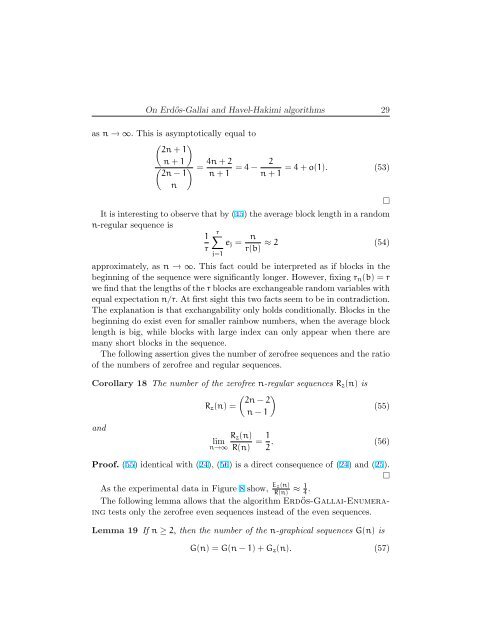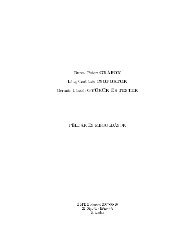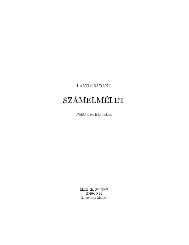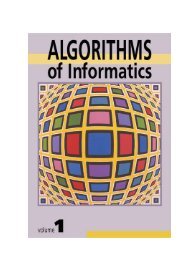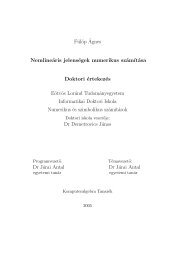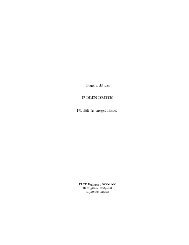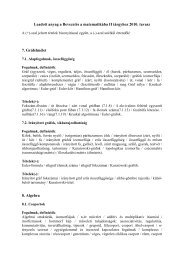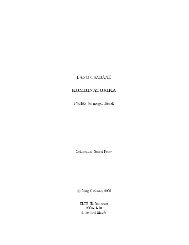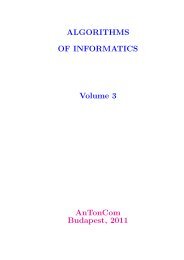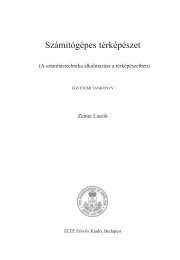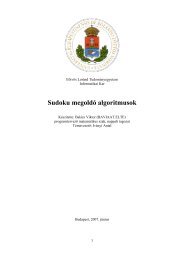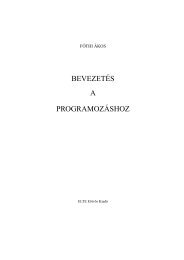On Erd˝os-Gallai and Havel-Hakimi algorithms
On Erd˝os-Gallai and Havel-Hakimi algorithms
On Erd˝os-Gallai and Havel-Hakimi algorithms
You also want an ePaper? Increase the reach of your titles
YUMPU automatically turns print PDFs into web optimized ePapers that Google loves.
<strong>On</strong> Erdős-<strong>Gallai</strong> <strong>and</strong> <strong>Havel</strong>-<strong>Hakimi</strong> <strong>algorithms</strong> 29<br />
as n → ∞. This is asymptotically equal to<br />
<br />
2n + 1<br />
n + 1<br />
=<br />
2n − 1<br />
n<br />
4n + 2<br />
n + 1<br />
2<br />
= 4 − = 4 + o(1). (53)<br />
n + 1<br />
It is interesting to observe that by (45) the average block length in a r<strong>and</strong>om<br />
n-regular sequence is<br />
r 1<br />
ej =<br />
r<br />
n<br />
≈ 2 (54)<br />
r(b)<br />
j=1<br />
approximately, as n → ∞. This fact could be interpreted as if blocks in the<br />
beginning of the sequence were significantly longer. However, fixing rn(b) = r<br />
we find that the lengths of the r blocks are exchangeable r<strong>and</strong>om variables with<br />
equal expectation n/r. At first sight this two facts seem to be in contradiction.<br />
The explanation is that exchangability only holds conditionally. Blocks in the<br />
beginning do exist even for smaller rainbow numbers, when the average block<br />
length is big, while blocks with large index can only appear when there are<br />
many short blocks in the sequence.<br />
The following assertion gives the number of zerofree sequences <strong>and</strong> the ratio<br />
of the numbers of zerofree <strong>and</strong> regular sequences.<br />
Corollary 18 The number of the zerofree n-regular sequences Rz(n) is<br />
<br />
2n − 2<br />
Rz(n) =<br />
n − 1<br />
<strong>and</strong><br />
Rz(n)<br />
lim<br />
n→∞ R(n)<br />
<br />
(55)<br />
1<br />
= . (56)<br />
2<br />
Proof. (55) identical with (24), (56) is a direct consequence of (24) <strong>and</strong> (25).<br />
<br />
As the experimental data in Figure 8 show, Ez(n)<br />
R(n)<br />
≈ 1<br />
4 .<br />
The following lemma allows that the algorithm Erdős-<strong>Gallai</strong>-Enumeraing<br />
tests only the zerofree even sequences instead of the even sequences.<br />
Lemma 19 If n ≥ 2, then the number of the n-graphical sequences G(n) is<br />
G(n) = G(n − 1) + Gz(n). (57)


